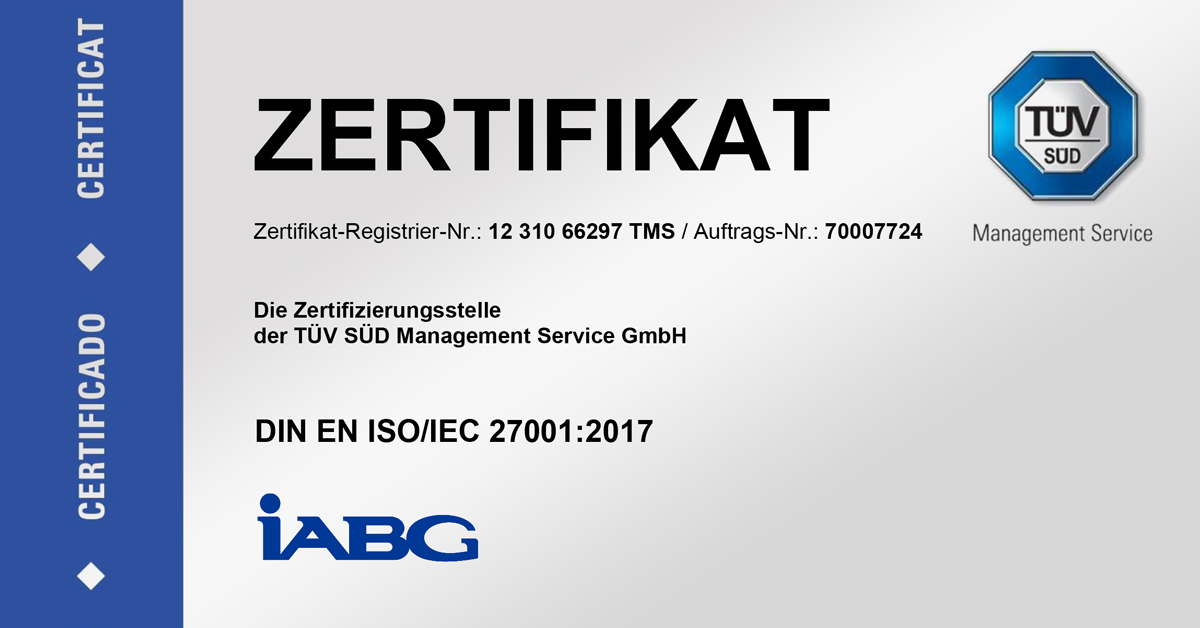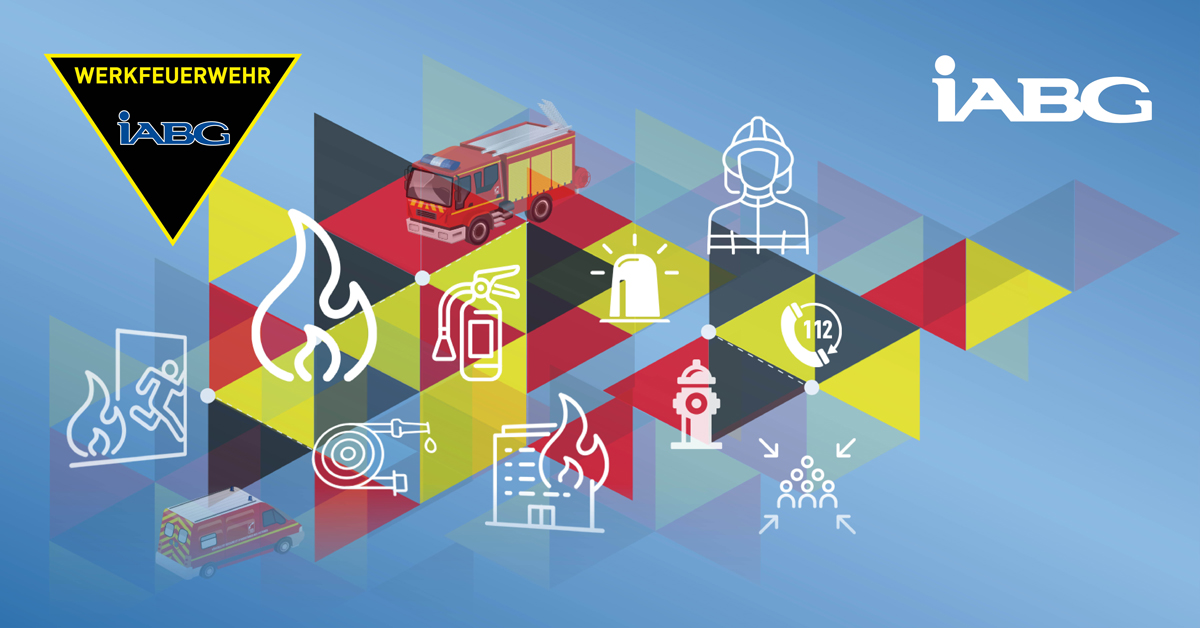The testing of the upper stage necessitated the construction of a special test assembly. The structure being tested is held by a 3 m high conical adapter. Since the test assembly has a diameter of 5.4 m, which considerably exceeds the dimensions of all currently available vibration tables, specially adapted tables were used for this purpose. These tables support the adapter and are activated by four vibration generators with a combined force vector of 320 kN.
The Ariane 5 rocket is accelerated by three propulsion units. The solid propellant boosters (EAP) mounted on the side of the rocket have a burn time of 130 seconds and provide the majority of the thrust at lift-off. The main stage (EPC) uses hydrogen as a fuel and, with a burn time of 530 seconds, it provides most of the acceleration after lift-off. In order to test that it is functioning properly, the main stage is ignited on the ground 7 seconds before the solid propellant boosters are started. The task of the upper stage of the Ariane rocket (EPS) is to deliver the payload (in this case, the ATV supply unit for the International Space Station ISS) to the required orbit and to release it there. To achieve this, the EPS upper stage can provide 29 kN of thrust in a burn time of 1100 seconds and it can be ignited several times.
With a total of 660 signal channels requiring measurement, the vibration tests on the Ariane 5 EPS upper stage also pose challenges that are setting new benchmarks for the space test centre. Following the completion of an extensive modal analysis in summer 2004, the vibration tests began at the beginning of December and will be completed by mid March of this year.


